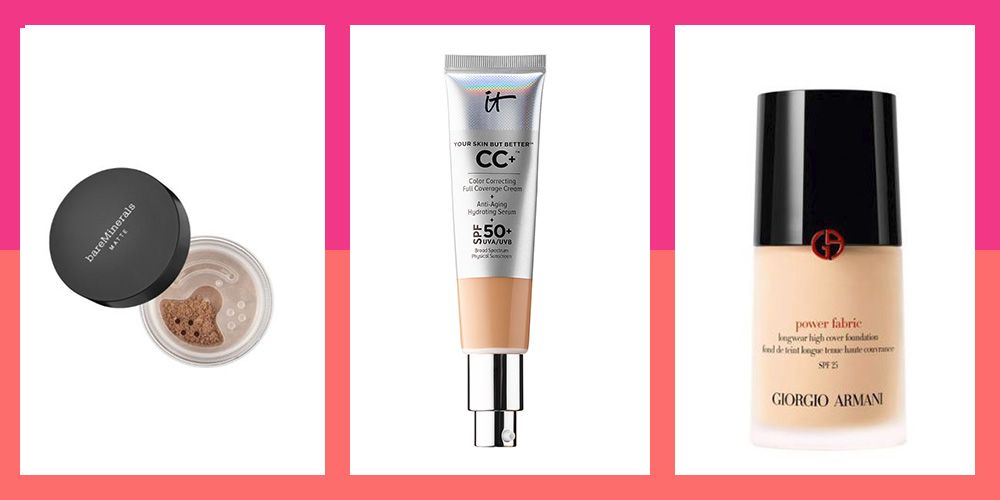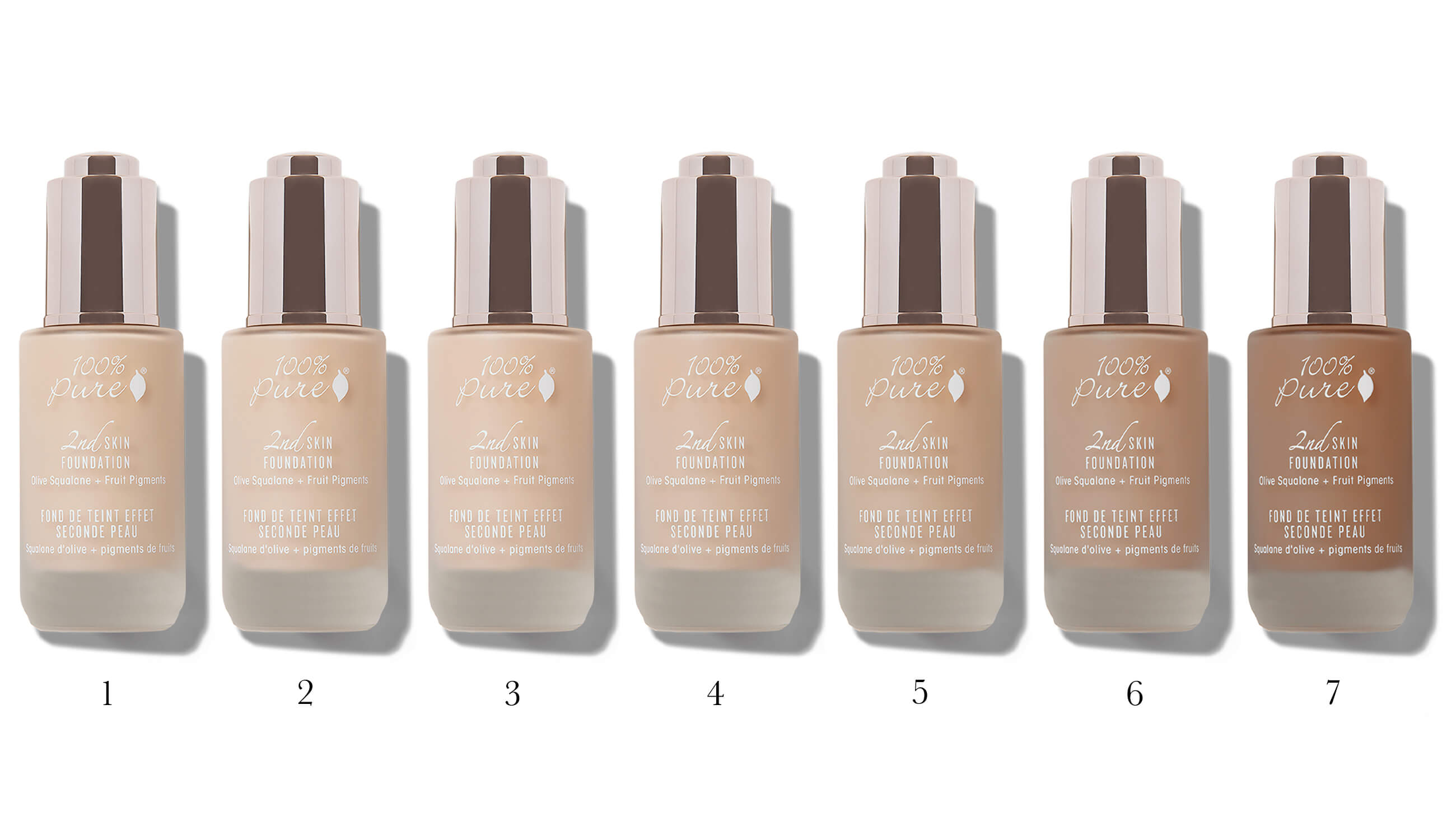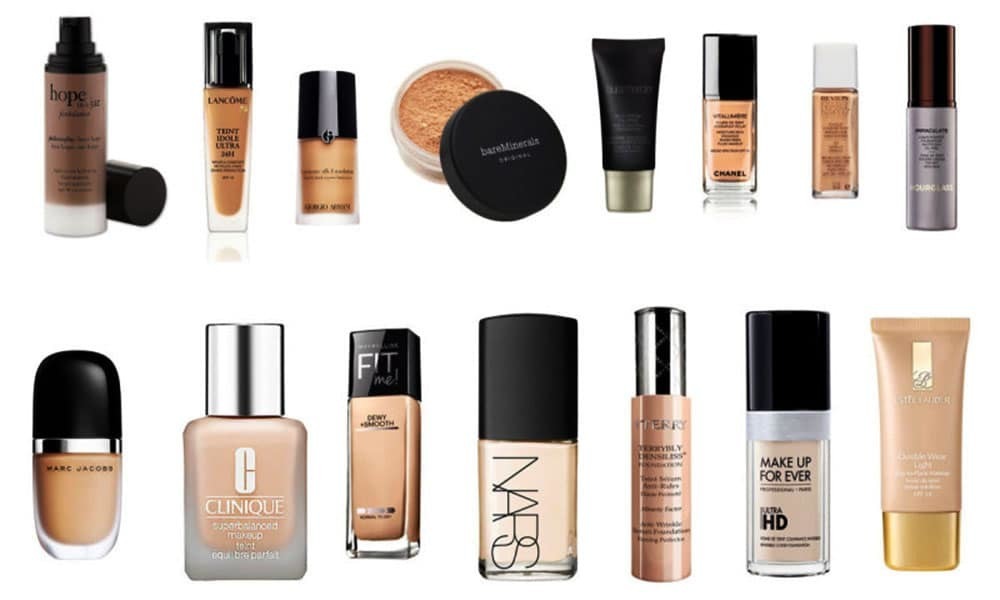

It does not include the variance of skin color in People of Color and people who are mixed race. It may not be surprising with its problematic beginning that the Fitzpatrick scale still provides limited options for People of Color.įSP does not take into account the skin color ranges of people with darker pigment (more melanin). In its first version, the scale only included types I to IV and was considered “Anglo-Irish centric.” Types V and VI were added later. The original version of the scale did not contain classifications for darker skin tones. While the FSP scale is still widely used, it has some limitations. Limitations of the Fitzpatrick skin types Keep reading to learn about the Fitzpatrick skin types, the scale’s limitations, and proposed alternatives.

Because most lasers target pigment, a person’s potential risk of possible burns or depigmentation may be greater if they have a darker skin tone. Lasers can cause burns and depigmentation when the correct setting is not used for patients with darker skin coloring or those who have a tan.


The scale is also often used to determine the setting on a laser when performing laser hair removal. Now, the scale is intended for dermatologists to use in determining the amount of UV therapy or treatment a patient can have to treat certain skin disorders. The Fitzpatrick scale was also used to determine the risk of skin cancer from exposure to UV rays. A higher FSP means that a person’s skin does not burn easily. In general, a lower FSP means a person’s skin burns more easily than it tans. Type I refers to skin that always burns, while type VI refers to skin that never burns. The current scale classifies skin from types I to VI. The scale is still used to determine the dose of photo-therapy, UV, or laser therapy a person can have to treat certain skin disorders. It was thought that people with a lower FSP and lighter skin tone would require a shorter exposure than a person with a higher FSP and darker skin tone. It has also been used by medical professionals to assess risk for sunburn and skin cancer. The scale’s original purpose was to help determine a patient’s risk of burning or tanning when exposed to UV light.įitzpatrick initially based the scale on a person’s skin and eye color to determine the amount of UV therapy used to treat skin disorders without causing phototoxicity, or irritation from UV light. The Fitzpatrick skin phototypes (FSP) were developed in Boston in 1975 for use with phototherapy.


 0 kommentar(er)
0 kommentar(er)
